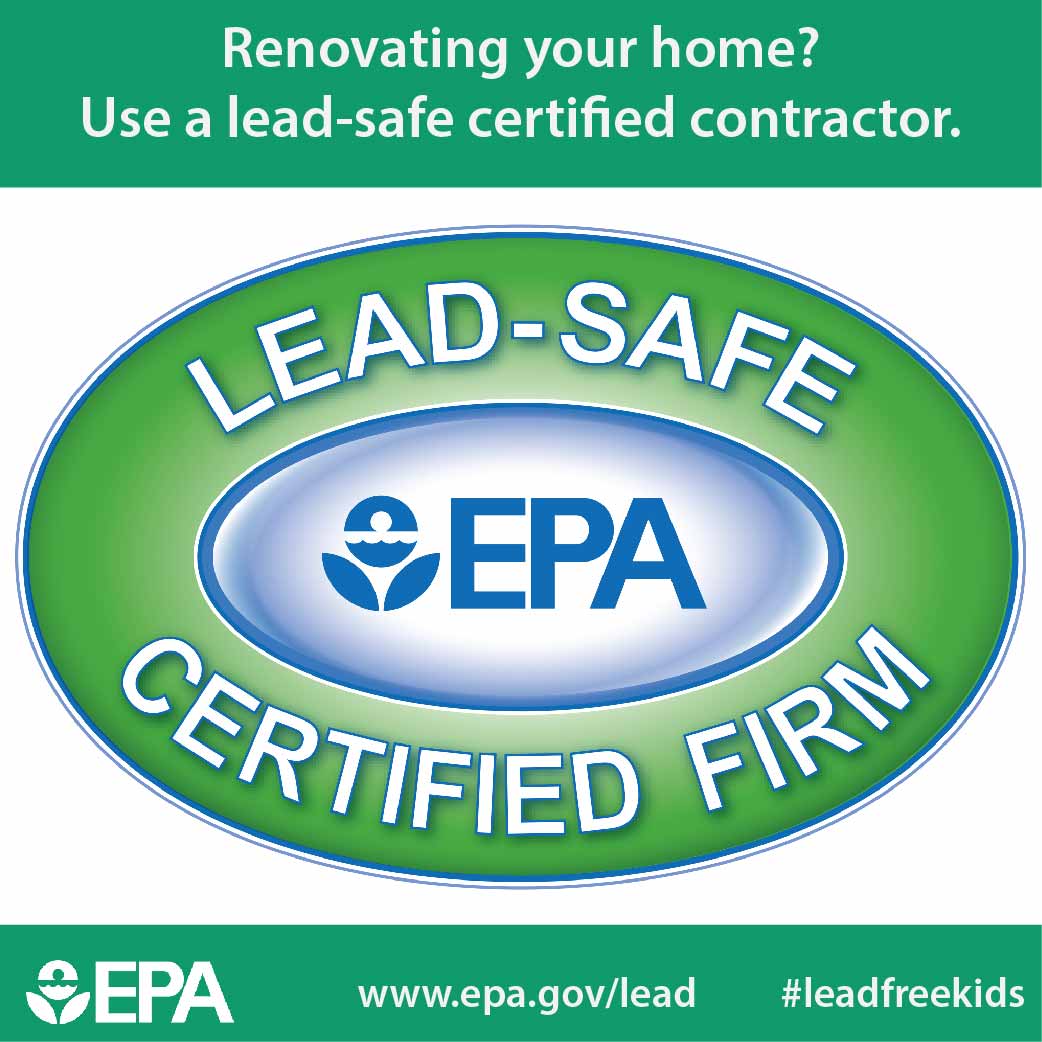Recognizing Seasonal Influences On Commercial Exterior Paint: Important Knowledge For Success
Recognizing Seasonal Influences On Commercial Exterior Paint: Important Knowledge For Success
Blog Article
Web Content Writer-Doherty Skafte
When you're preparing a business outside paint job, seasonal variables can make or break your results. exterior painting mn 'll wish to think about exactly how temperature and humidity impact paint application and drying out times. Picking the ideal period can ensure your paint adheres correctly and lasts much longer. However which seasons are genuinely the most effective for this type of job? Let's explore the key elements that can impact your task's success.
The Impact of Temperature on Paint Application
When you're planning a commercial exterior painting task, the temperature level can substantially influence exactly how well the paint sticks and dries out.
Ideally, you want to paint when temperature levels range between 50 ° F and 85 ° F. If it's also cold, the paint may not treat correctly, leading to issues like peeling or breaking.
On the other hand, if it's as well hot, the paint can dry as well rapidly, preventing proper attachment and causing an unequal finish.
You must additionally take into consideration the moment of day; morning or late afternoon supplies cooler temperature levels, which can be more favorable.
Constantly inspect the producer's suggestions for the specific paint you're utilizing, as they usually give guidance on the perfect temperature array for optimum outcomes.
Moisture and Its Effect on Drying Times
Temperature level isn't the only environmental element that influences your industrial external paint job; moisture plays a substantial duty too. High humidity degrees can reduce drying out times dramatically, affecting the overall high quality of your paint job.
When the air is saturated with moisture, the paint takes longer to heal, which can result in problems like inadequate attachment and a higher threat of mold development. If you're painting on an especially moist day, be gotten ready for prolonged delay times in between coats.
It's vital to monitor local climate condition and strategy as necessary. Preferably, go for humidity levels in between 40% and 70% for optimum drying.
Keeping these consider mind guarantees your task stays on track and provides a long-term coating.
Best Seasons for Commercial Exterior Painting Projects
What's the most effective season for your industrial exterior painting projects?
Springtime and very early autumn are usually your best choices. Throughout these seasons, temperature levels are light, and humidity levels are commonly reduced, creating suitable problems for paint application and drying.
Prevent summer season's intense heat, which can cause paint to dry too swiftly, bring about bad attachment and finish. In a similar way, winter's cool temperature levels can hinder proper drying and treating, running the risk of the longevity of your paint work.
Go for https://www.bobvila.com/articles/wall-texture-types/ with temperatures between 50 ° F and 85 ° F for ideal outcomes. Keep in mind to check the neighborhood weather forecast for rain, as wet problems can wreck your task.
Preparation around these elements guarantees your painting job runs efficiently and lasts longer.
Verdict
To conclude, preparing your industrial external paint tasks around seasonal factors to consider can make a substantial distinction in the end result. By organizing work during the ideal temperatures and moisture levels, you'll guarantee better attachment and drying out times. Keep in mind to watch on regional weather forecasts and pick the right time of year-- springtime and very early fall are your best choices. Taking these steps will assist you attain a durable and expert finish that lasts.
